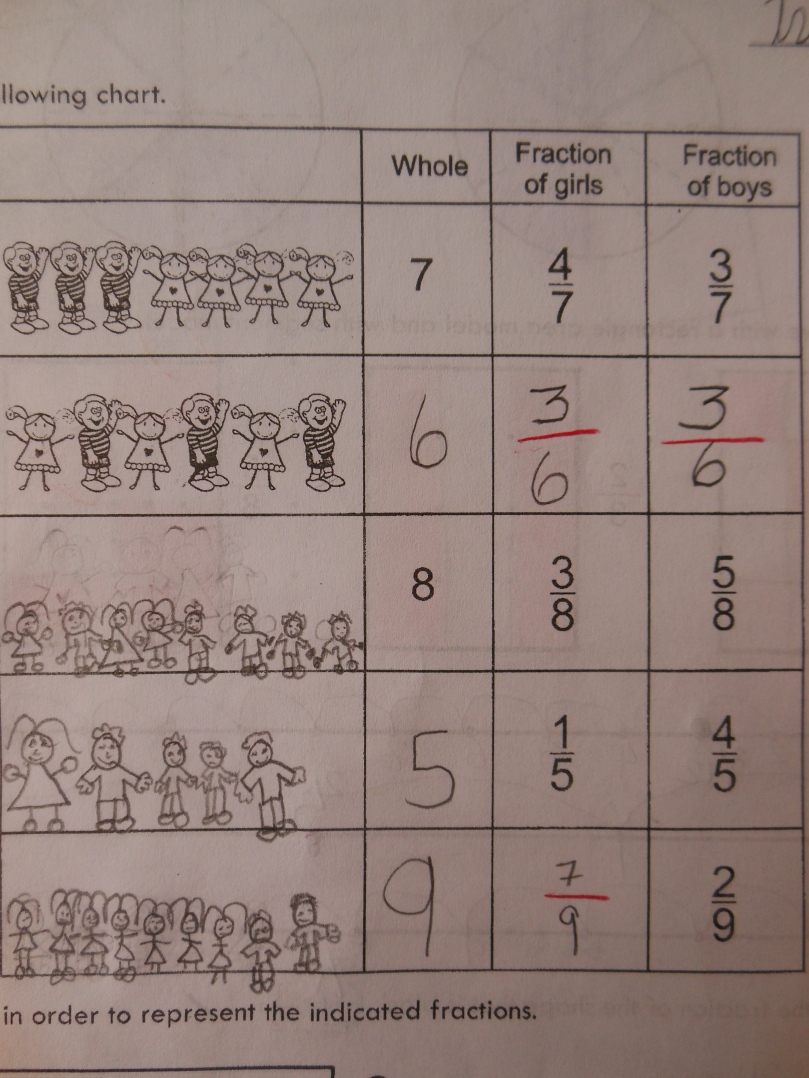“Now we’re in ‘winter’.” He mimed quotation marks with his fingers, knowing I wouldn’t believe him. I was walking with my Colombian friend to the bus stop after work, talking about fall in New England.
“And what is this ‘winter’ you speak of?” I said.
“It rains more.”
“That’s weather, not a season!”
In Bogotá, there are no seasons, as evidenced by two factors:
1) The temperature is the same every day. See monthly weather from weather.com : the daily high ranges from 63 – 74˚F, and I can assure you, this was the same story in August and September, and by all accounts, it will be true every month. Sure, some days are sunnier and warmer than others, but the margin of variation is very small.
2) The sun rises and sets at the same time every day. Technically, the day length does vary over the course of the year (we are slightly north of the equator) — but only by 33 minutes over the whole year. In Boston, the day length varies 7 hours, from June to December.
Bogotá, Colombia
- June 21, 2012: sunrise 5:47 AM, sunset 6:10 PM, day length 12h 23m 29s
- December 21, 2012: sunrise 5:49 AM, sunset 5:50 PM, day length 11h 51m 24s
- annual variation in day length: 33m 5s
Boston, Massachusetts
- June 21, 2012: sunrise 5:08 PM, sunset 8:25 PM, day length 15h 17m 5s
- December 21, 2012: sunrise 7:09 AM, sunset 4:14 PM; day length 9h 4m 33s
- annual variation in day length: 6 h 59 m 38s
In Chile, the seasons were the opposite, and that was strange enough: apples at Easter, snow on my birthday (June 11), the first summer-y days as I baked Christmas cookies. But the only thing stranger than inverse seasons is no seasons at all. It feels like time doesn’t pass. I can wear the same clothes every day. I know it’s Halloween because there are ghost decorations and children in costumes everywhere, but everything else is exactly the same as when I arrived on July 22.
Colombians often point out that here, summer is only a 2-hour drive away. A few weeks away I went to Melgar, where it was hot enough to be sweating in shorts and a tank-top: but it got dark at 6 PM. I was in the pool and couldn’t believe it wasn’t later.
Most Colombians I know do not know the order of the seasons. In Spanish. They might know that winter is cold and summer is hot, but spring and autumn? No idea where they go. This is even true of highly educated Colombian teachers at my school who’ve had years of contact with foreigners; only those that have lived abroad for years know the seasons. This makes sense, but it is still astounding to me. One Colombian friend who lived in Colorado said that her first year there, she would only eat dinner once it was dark outside — and found dinner getting later and later in June.
I was recently talking about this issue of seasons with some colleagues, and one Colombian said he had read the theory that countries with seasons tend to have cultures of savings, whereas in warm climates, there is no culture of saving because everything is available all year round (and at the same low price). I’ve often heard the theory that colder climates tend to breed productivity, but I’ve never thought about this in terms of seasons. While it’s true that these days in the US, you can buy pretty much anything at any time of year, the price goes up and quality goes down off-season (think about strawberries in January). And our culture comes from before, not just now. However, I remember most of my Chilean friends, even well-paid professionals, had almost no concept of saving, and Chile is a country with four distinct seasons.
Like most things here, I am reminding myself to be curious, rather than focus on whether I “like” or “don’t like” not having season. But I have to say, now that I’ve been abroad for two New England falls in a row… I can’t say how much I miss the leaves. I don’t know where I’ll live in the future, but I sure know where will always feel like home.












